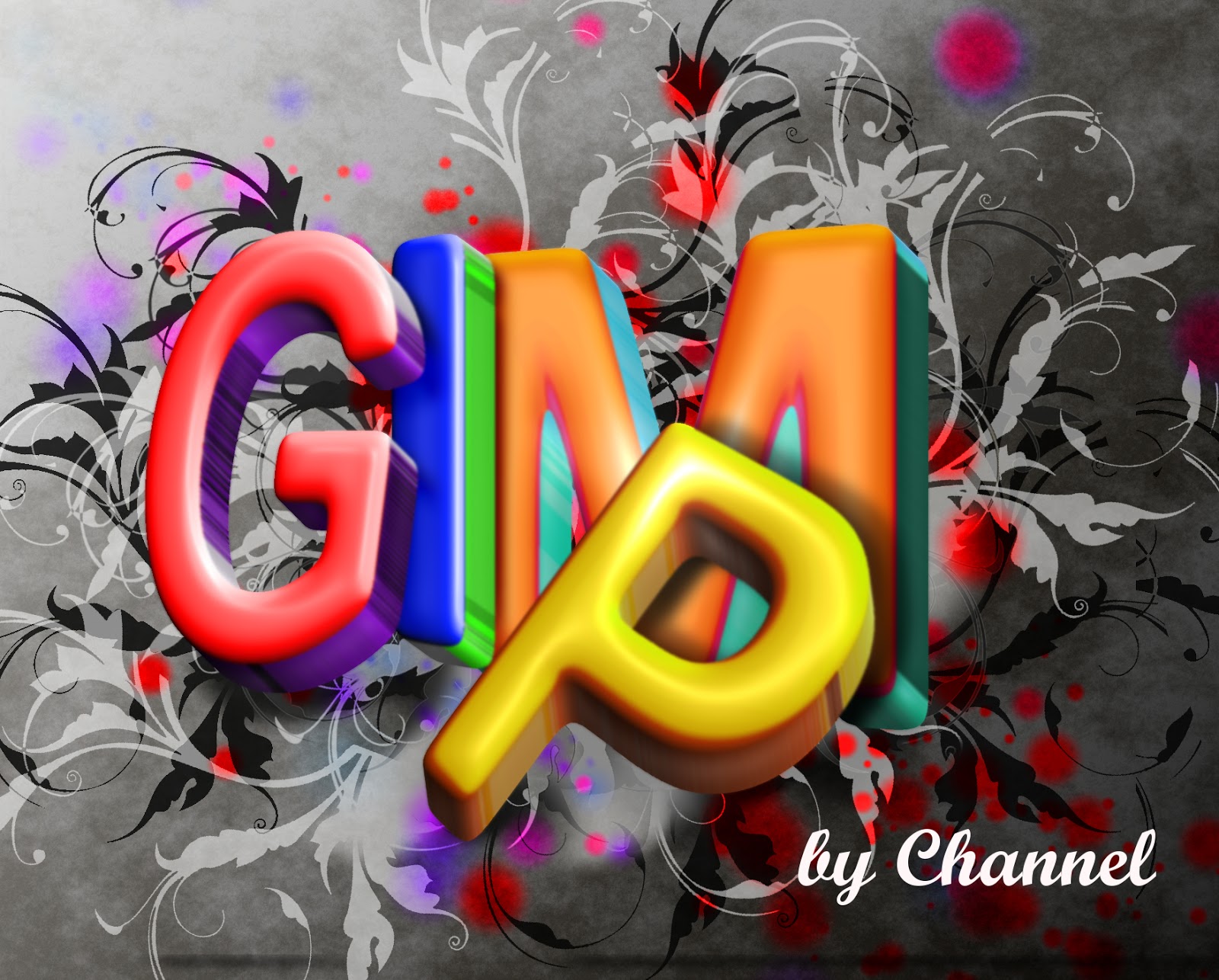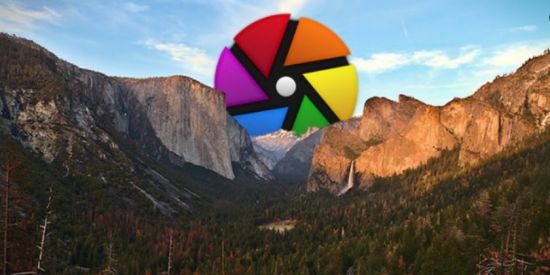

Now you want to enable the lens correction with the ‘on’ button of the module. The last group in this tutorial is the correction group. What you want to do, is to drag the line on the left or on the right towards the middle, so that the slopes are shorter or even gone. If you don’t see a slope on the right, that means that your light area’s are fine. If you don’t see a slope on the left, that means that your dark areas are fine. Most histograms look like a mountain range with an upward slope on the left, a middle part that’s like a mountain range and a downward slope on the right. What you want to do, is look at the histogram and see where it drops off. Or you can manually drag the temperature left-right to select the white balance that you prefer.Īfter having selected the right white balance, it is time to get the light/dark area’s of your photo right. You can also use one of the presets that are available by default such as: camera, daylight, shade, cloudy or flash.

When I am not 100% happy with the result, I simply try again on another spot. Then select the part of the picture that represents pure white and Darktable will automatically determine the white balance. Now you can zoom into the photo by using the mouse wheel (if you have one) or by using the navigation functions (located in the top of the left sidebar). To be able to do this, you first need to go into the white balance presents and change this from ‘camera’ to ‘spot’. The easiest way to get the white balance right is to find a white spot on your photo and select this. These buttons are the groups in which the functions of Darktable are grouped. Underneath the sections you see a Histogram (the colored chart) and below that a row of buttons. Now you are automatically moved into the darkroom section of Darktable. To start editing a photo, double click on the image. In the top right of the program, you can see (highlighted) in which section of Darktable you are currently working. Now your photos will load in the Lighttable section of Darktable. Note: If you only take JPG pictures with your digital camera, Darktable is not for you! You should look into GIMP. Select the folder in which you have stored the RAW files of your digital camera.

You can do this for many photos at once by clicking on ‘folder’ in the left sidebar in the ‘import’ section. When the program is opened, you need to load a photo collection. Therefore I like to present the absolute basics of photo editing with Darktable. For many people, getting started can be daunting. The negative is kept, and the photo (the positive) is developed from the negative.

I like to compare it to developing a photo. Darktable is aimed at non-destructive photo editing. It can be used to change photos in many ways, including cutting things out of the picture or pasting things into the picture. GIMP is aimed at destructive (the image is changed when saved) photo editing.
#Gimp darktable tutorial free
In the Free and Open Source world, there are 2 amazing alternatives: GIMP and Darktable.
#Gimp darktable tutorial software
When I was starting in the world of amateur digital photography, I learned about 2 software programs that everybody was using: Adobe Photoshop and Adobe Lightroom.


 0 kommentar(er)
0 kommentar(er)
